Soaring Views And Guaranteed Highs From Ghorepani Poon Hill
The
Ghorepani Poon Hill trek is often hyped up as a short and sweet slice of the Himalayas — and it is — but that doesn’t mean the pay-off isn’t massive. It may not elevate you to the lofty, snow-capped summits of Everest or Annapurna Base Camp, but what this trek lacks in height, it more than makes up for in drama, charm, and view-soaked payoff. Offering sweeping mountain views, dense woods of rhododendron, and cultural experiences, this jaunt has it all: Stunning scenery is served on a beginner-friendly platter, meaning a natural high, both physically and emotionally, is guaranteed.
The jewel in the crown, of course, is Poon Hill, a ridge that you reach at just over 3,200 meters, and where you get possibly the most spectacular panoramic sunrise in the Himalayas. Scaling the peak in the dark, getting to the top as the sun weakens, the black of the night has become a very singular rite of passage for all trekkers in the region. But as the dark gives way to dawn, when the sun hits the tops, there’s this golden glow that sets fire to these snow-covered titans—Dhaulagiri, Annapurna South, Machapuchare, and several others. It’s a visual explosion of light and color that’s more jolting than any cup of coffee. People stand there in gape-mouthed silence, vapors of breath rising like smoke signals, watching nature’s way most melodramatically exposed.
The path that brought us here is no footnote either. Trails meander through misty woods of oak and rhododendron, past waterfalls, stone villages, and the terraced hillsides that cascade down like natural amphitheaters. Each turn produces something new — a troop of langurs hurtling through the trees, a sudden break in the clouds exposing a towering peak. Ghorepani itself, nestled just below Poon Hill, is a cute little place where trekkers from all over the world converge to drink tea and swap trail stories fireside. It’s a cultural melting pot in the middle of the mountains that gives you a more comforting sense of community than you might think an area that remotely would offer.”
And maybe that heightens what makes the
Ghorepani trek truly epic – it perfectly straddles the line between accessibility and adventure. You don’t need to be a mountaineer, and you don’t need weeks off from work. The Ghorepani Poon Hill loop can be done in as few as four or five days and doesn’t involve any special permits beyond the general TIMS and Annapurna Conservation Area fees. Strewn with cute teahouses along the route, delicious local food such as dal bhat and momo, along with the ever-smiling, welcoming faces of the Gurung and Magar communities, you’re well supported every step of the way — even when your legs are screaming for mercy on the stone staircases.
The payoff of this trek, in the end, is not photos of mountains or a fitness badge. You come away with something quieter, deeper — a rekindled respect for the natural world, a slimmer, tougher edge in your bones, and a handful of memories that seem almost too perfect to have been real. Poon Hill doesn’t just deliver a view; it bestows perspective. And staring down from up there, with the Himalayas splayed out in front of your eyes like some dream, the world suddenly feels so vast and yet so simple.
Why You Must Visit Ghorepani Poon Hill Himalayan Gem
A Ghorepani
Poon Hill trek is a perfect example of Himalayan trekking; not too hard, not too easy, with great views of the Annapurna and Dhaulagiri ranges, and it’s one of the easier trek types. No long and strenuous hikes, this trail is the perfect option for beginners or travelers who’re running out of time but still looking for real mountain adventure. It’s also at a moderate altitude, so it’s easier to acclimate, but also offers breathtaking views of some of Nepal’s highest peaks: Annapurna and Dhaulagiri. The result is an unforgettable experience without the misery of high-altitude trips.
The trek also takes visitors into local Gurung and Magar village life beyond the mountains. The walk on terraced fields and traditional villages provides the opportunity to witness the traditional lifestyle of that area of age back civilization and particularly the characteristic hospitality and cuisine. The teahouses that are spread along the route are warm places to rest where trekkers can engage with locals and each other, making the trip more than just a matter of legs and cardio. This cultural exchange is an enriching extra dimension to the gorgeous visuals.
After all,
Ghorepani Poon Hill is an unique opportunity to enjoy the grandeur of the Himalayas without risking comfort or time. And for good reason; it strikes the right balance of stunning landscapes, accessible trekking distances, and cultural experiences. For those in pursuit of a high-altitude experience that offers both delight and ease, this trek is a Himalayan gem of sorts.
How to Plan a Trek to Have the Best Sunrise Viewing
Coordinating your trek to coincide with famous Poon Hill sunrise takes some fancy footwork. Most trekkers begin the final push to the viewpoint at 4 or 5 a.m., hiking in darkness, with headlamps and the increasing sense of anticipation. Coming early will guarantee a good position among the throngs that come to the viewpoint, as the summit can become packed. Most importantly, you need to plan your trek in such a way that you arrive in Ghorepani the night before the ascent so you can get some rest and ready yourself for the pre-dawn climb.
Autumn (September to November) and spring (March to May) are the best seasons to visit, with clear skies and unobstructed views. Staying away during monsoon and winter helps avoid weather hiccups, clears the mist, and improves the odds of a breathtaking sunrise. And an early start in colder hours with warm layers and proper hiking shoes is essential for snug warmth before you start the vertical hike.
And don’t overlook the importance of pacing yourself and staying hydrated on the way up. Walking steadily and slowly in the footsteps of the people ahead of you helps you to conserve energy and avoid the danger of altitude sickness. Being able to sit at the top and sip hot tea or coffee from a thermos can make the wait far more comfortable and pleasant. With some planning, the sunrise from Poon Hill is not just a scene but a memory imprinted on your Himalayan adventure.
The Long Way Round: Notes About the Place
The Ghorepani Poon Hill trek is a visual treat to the trekkers because of its picturesque beauty. At the beginning, the trail threads a way through luxuriant subtropical wood that includes rhododendron, oak, and bamboo, particularly fine in spring when the rhododendron bears their spectacular red and pink bloom. These woodlands teem with birdsong and the occasional spot of wildlife, so the journey is as satisfying as the destination.
As you climb higher, the landscape changes to terraced farmland and quaint mountain villages where locals grow millet, maize, and potatoes. Such villages provide great cultural experiences and serve local food just like the home. The village itself is one of the best vantage points for panoramic views and a melting pot of trekkers catching up and swapping tales.
A bit farther down the trail, the path ascends to Poon Hill where the real show awaits. The wider Himalayan horizon offers giant peaks such as Annapurna, Dhaulagiri, and Machapuchare, which are backed by an unending blue sky. The juxtaposition of nature and culture, the dense jungle and open ridges, welcoming faces of village life give the trek its unique flavor and keep trekkers entranced at every turn.
Taking the Ideal Panoramic Photo
Poon Hill's stunning vistas are no different and getting a great shot will require a balance of preparation, timing, and technique. The best light comes at that magic hour just before and after sunrise, when the mountains’ snow-capped peaks are painted with warm golds and pinks. Being early can be ideal if you can stage your camera or cellphone to capture the delicate changes in color and shadow as the sun ascends. The key is to be patient; some of the best shots are made by the clouds or mist to clear as they dramatically weave around the peaks.
To maximize your photos, take a wide-angle lens with you, or use your phone’s panoramic option. This allows it to capture the enormous mountain ranges that line the horizon without leaving out any detail. Simply stabilize your camera with a tripod or a stable surface, and get rid of blur, particularly in low light. Experiment with angles and foreground elements — praying flags or silhouetted trees are popular snaps — and have a shot that includes depth and context.
Besides the technicality of it, don't forget to photograph and present it. Amid framing shots, simply stand still and absorb it using the eyes provided to you. The greatest photographs are, in turn, matched by memories in sound, smell, and feeling that no photo could ever hope to cover. Your pictures will are no longer just mementos of time well spent, but a passage that will connect your live to the wonder of Ghorepani Poon Hill.
Altitude and Energy: Staying High on Spirit and Strength
Despite being a moderate trek, the altitude can be challenging even to seasoned trekkers. The peak rises more than 3,200 meters above the ground, where you choke on thin air and every movement feels like a hundredfold struggle. It’s all about listening to your body, taking it steady, and giving yourself time to acclimatize. Going slowly and progressively rather than proceeding fast and hasty, retain your strength and minimize the chances of altitude sickness.
Supply Energy Nutrition is essential for energy. Eating well-balanced meals full of carbohydrates and protein powers long days of hiking, and keeping yourself hydrated helps to fend off dehydration, which may happen at higher elevations. Dal bhat. You’ll find it in plenty of teahouses: a huge plate of dal bhat – it’s just … comforting and delicious and gives you the calories and sustenance you need.
A healthy mindset is just as important. The hike is a test of muscles as well as mindset. Keeping a positive attitude, enjoying the beautiful surroundings, and marking the small achievements both help to keep motivation levels high. A quick break or even a warm drink can recharge when fatigue sets in. By honoring the altitude, paying attention to your body and enjoying the journey, you conserve physical energy and emotional power during this remarkable Himalayan journey.
Best Places to See From Poon Hill Other Than The Summit
Maybe the Poon Hill peak takes greater credit with its famous sunrise views at the summit, but the Ghorepani Poon Hill trek offers multiple other beautiful viewpoints that are not to miss out. Climbing a little further up the hill, Ghorepani village, immediately below the peak, offers beautiful views of the Annapurna range, as well as Machapuchare, and the deep valleys it is located. Its snug teahouses and small view spots offer a chance to absorb the majesty of the mountains without as much of the human traffic in transit, a peaceful moment to marvel at the grandeur.
Here, continue to Tadapani and a short hiking off the main trail leads to the tiny Gurung villages of Tadapani offers a different Himalayan glimpse of the Machhapuchhare huge mountains across a deep valley to the right, there are fine views of the Annapurna 2, South Hinchuli, and the mt. Fishtail. And because it’s less busy, hikers can connect with the natural world without the hum of crowds at crowded viewpoints. Sidestepping the main trail for a short distance towards either the villages of Deurali or Banthanti leads to lesser-known lookouts where the mountains soar dramatically above unspoilt forests, offering compensation for those who take the time to explore.
Above all, don’t forget about the journey itself — several great mid-trail rest stops and clearings offer unbelievable windows onto the constantly changing backdrop. Whether it’s a sunrise touch of light on a far peak or a cloud-filled valley down below, these places encourage quiet contemplation and spur-of-the-moment photo opportunities alike. Walking beyond Poon Hill top, adds extra pleasure in the trekking by opening frequent and constantly varying views in front of the Himalayas.
What to See Nearby: Flora and Fauna
The Ghorepani Poon Hill trek passes through a vibrant range of landscapes giving the trekkers the best to see the natural front searchers. The trail itself is lined with rhododendron, the national flower, making the hillsides pop with colour – red, pink, and white – when in full bloom. One side or another sported a thick, overhead forest of oak, bamboo, and magnolia, a rich veil that gave shade and color, which shifted with the seasons.
Birdwatchers will enjoy looking out for species like the Himalayan monal pheasant, Nepal’s national bird, identifiable by its iridescent feathers. There are also bright red and green barbets, bulbuls, and several kinds of finches. Watch and listen for the calls of langur monkeys, or the odd glimpse of the shy musk deer darting through under brush.
The fortune of diverse flora and fauna emanates from the fact that this trek lies inside the Annapurna Conservation Area, a region under protection for the maintenance of its rich biodiversity. This natural profusion also infuses the journey with variety; no two days sound the same or look the same. Witnessing these marvels of nature increases one’s appreciation for the environment and serves as a reminder to the trekkers of how fragile the balance is that supports this Himalayan Eden.
Exciting Trekking Gear to Keep You Comfortable and Safe
Selecting the best gear for trekking Ghorepani Poon Hill is important to keep you comfortable and safe in a range of conditions and terrains. Begin with strong hiking boots that offer both ankle support and grip, which can be essential on the rocky, uneven trail and steep stone steps. Break your boots in prior to the hike and save yourself from blisters and pain.
Layering is critical to temperature regulation. A moisture-wicking, lightweight base layer can work to keep your body cool from sweat, while a windproof, waterproof jacket and insulated mid-layer can help protect against the cold morning chill and any rain. And it’s colder than you might expect, so don’t forget hat and gloves for early-morning climbs — you’ll want to be properly togged up to catch the Poon Hill sunrise.
And there are also several other key items that you will seriously need, like walking sticks or trekking poles (not only to make sure you lessen your knee pain), a good water bottle or hydration system, and a little first aid kit containing blister care and altitude sickness drugs. Bring a headlamp for predawn starts and a daypack with a cover to keep your gear dry. Smart packing gets you ready for comfort, safety, and flexibility on the trail.
Cultural Encounters: Villages, People, and Traditions
One of the great things about the Ghorepani Poon Hill Trek is the cultural experience that comes with it. The trail winds through villages predominantly of the Gurung and Magar ethnic groups, communities with unique languages, traditions, and customs, who have thrived among the high mountain ranges of the Himalayas for centuries. These villages afford a rare insight into local life in the rural Himalayas.
Overnight guests in the village’s teahouses receive the real Nepali hospitality – savouring traditional meals such as dal bhat and momo and swapping stories with friendly hosts. A lot of families support themselves through trekking tourism, so being respectful, learning a couple of words in Nepali, and expressing an interest in customs will be greeted very warmly. Ceremonies, rituals, and dances make for a rare occasion, depending on the month, and can add authentic layers of culture to the trip.
These meetings deepen a knowledge that goes beyond the mountains themselves. The friendly people, the simplicity in their way of living, linked to nature, and the strength in a tough environment will remain in your memory. The trek to Ghorepani Poon Hill is so much more than a physical journey, it’s a journey into Himalayan culture and community.
The Celebration: Chilling and Rewarding After the Trek!
After having trekked through gorgeous terrain for several days, the completion of the Ghorepani Poon Hill Trek deserves to be celebrated. A solid dal bhat or warming mug of butter tea to refuel after a day out on the trail (many make it an indulgent treat). Sitting in a teahouse or lodge with postcard warm showers and sunny, cozy fireplaces is a great time to rest those tired muscles and reminisce.
There are also more relaxation options and a chance to explore nearby towns like Pokhara after the trek. Whether it’s spending the afternoon in lakeside cafes, visiting colorful markets, or indulging yourself at one of the spa centres. A lot of trekkers use this time to share photos, stories, and laughs with other travellers and turn temporary meetings into life-long friendships made in the mountains.
The feeling of achievement and peacefulness after the trek is intense. Beyond simply resting their bodies, Miss Koosang continued, it’s an opportunity to soak in the lessons learned — the beauty of nature, the kindness of strangers, the strength they found deep within. The reflection on this trek brings it all together and leaves you with something even after the boots are off to ponder for a lifetime, making the trek a real experience.
Do I need boots to hike Poon Hill?
Yes, Hiking boots are the best footwear for the Poon Hill trek! It is a rocky and uneven trail, and can be quite slippery in places, particularly on the stone steps and in the forested areas. Strong boots with decent ankle support and tread will protect your feet from injuries and make giving way less likely. Though some experienced hikers wear trail runners, boots provide the safest, most comfortable choice for most trekkers.
What is visible from Poon Hill?
A climb of Poon Hill is rewarded with spectacular views of Annapurna and Dhaulagiri mountain ranges. The view is wonderful for experiencing the sunrise view against the breathtaking backdrop of many of the beautiful and well-known peaks, including Annapurna South, Machapuchare ( Fishtail), Dhaulagiri, Nilgiri, and Hiunchuli. And on a clear day snow snow-peaked giants illuminated by the morning light are spectacular and the most exciting part of the trek.
How challenging is the Ghorepani Poon Hill trek?
Ghorepani Poon Hill Trek is a moderate trek. It’s a trek suitable for beginners of decent physical fitness and has manageable altitude gains (up to about 3,210 meters). The primary physical exertion is the long climbs, particularly the stairwell from Tikhedhunga to Ulleri. The hike itself is not too challenging, and the trail is well-marked with the support of teahouses, and would be possible for any trekker.
How many peaks are there from Poon Hill?
Poon Hill affords a view of more than 10 major Himalayan peaks on a clear morning. The most popular are Annapurna South, Annapurna I, Dhaulagiri, Machapuchare (Fishtail), Nilgiri and Hiunchuli among others. The perspective offers a wide-angle 360-degree view of these towering beings and submits an exemplary view to the traveler, a photographer’s and the nature lover’s nirvana.
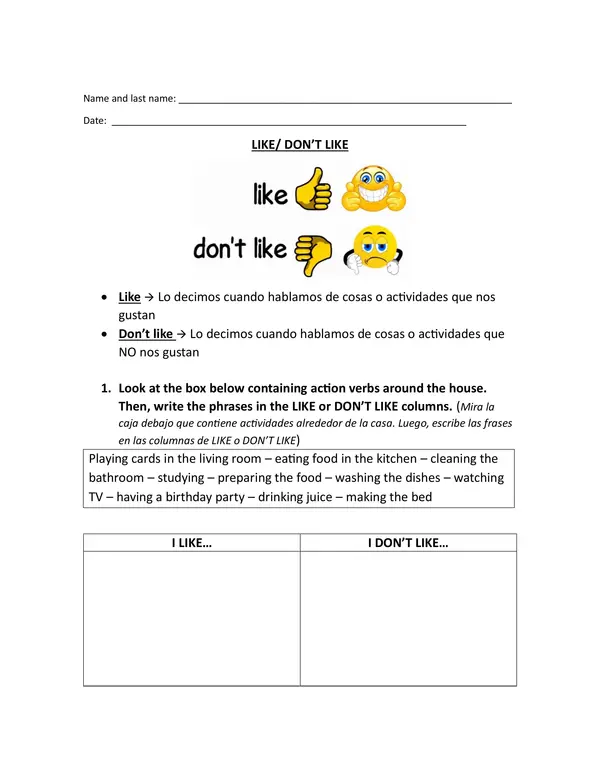


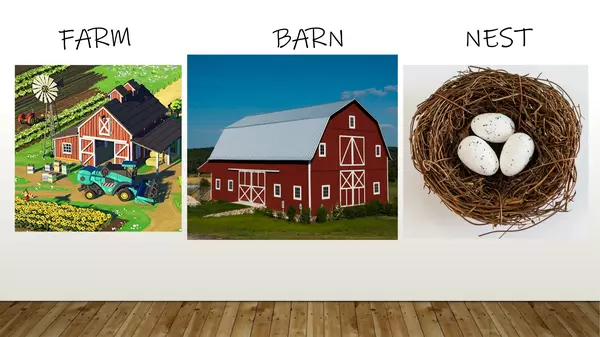

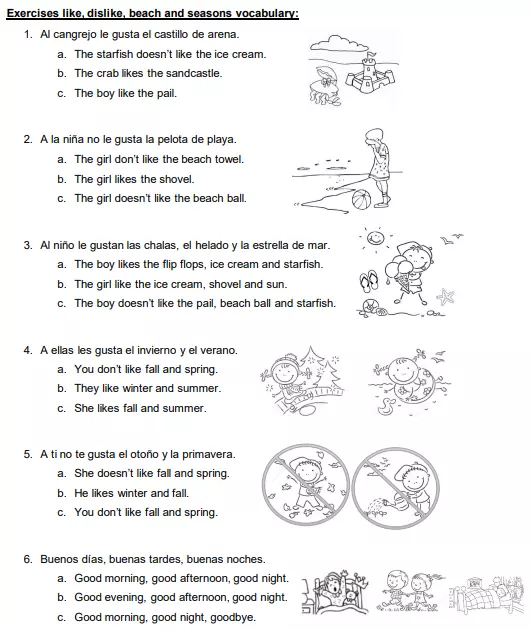
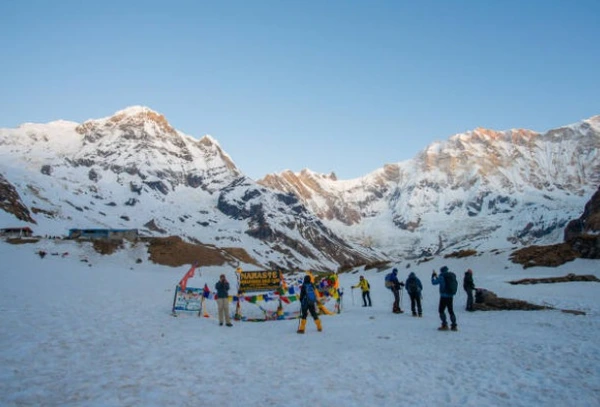
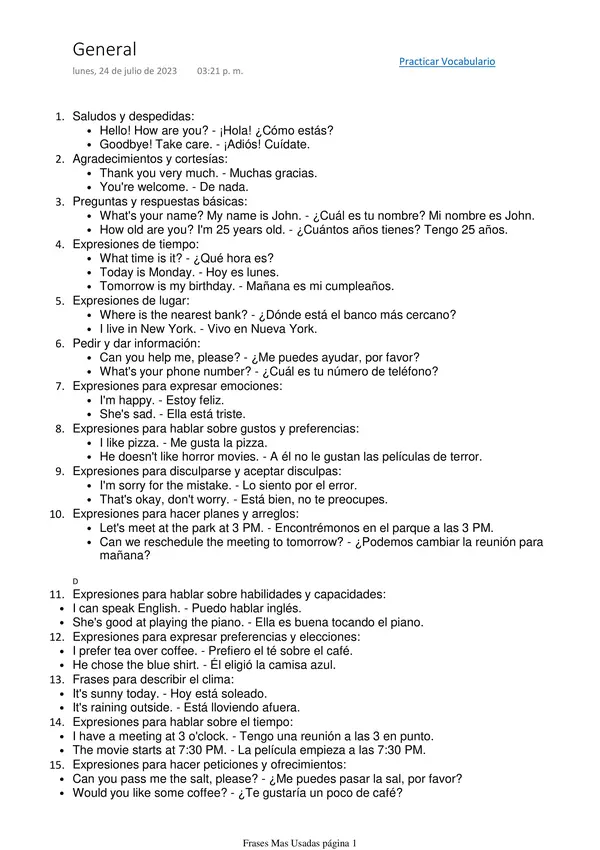
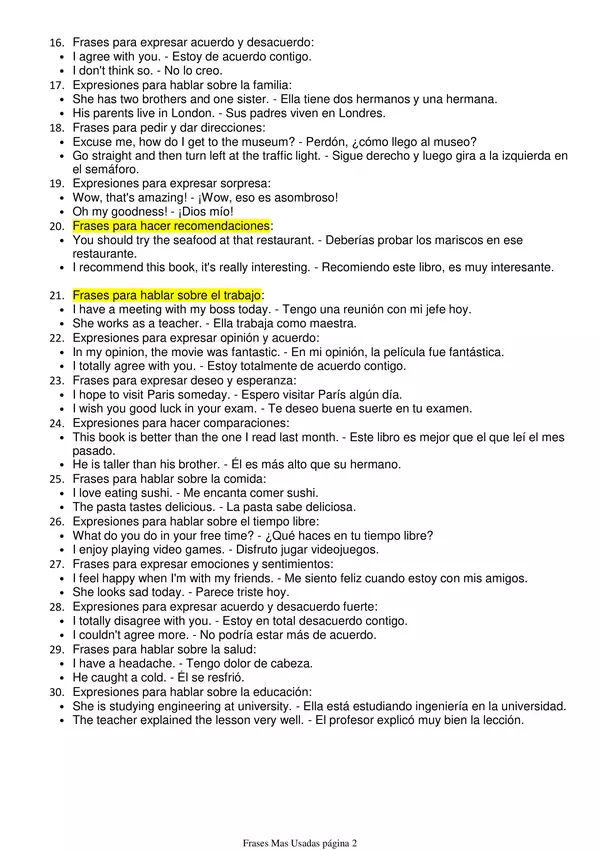
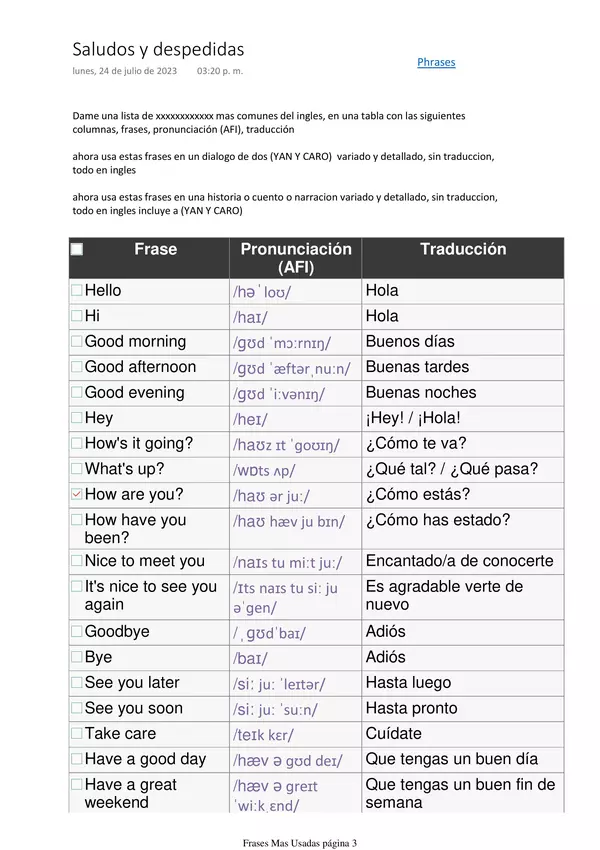




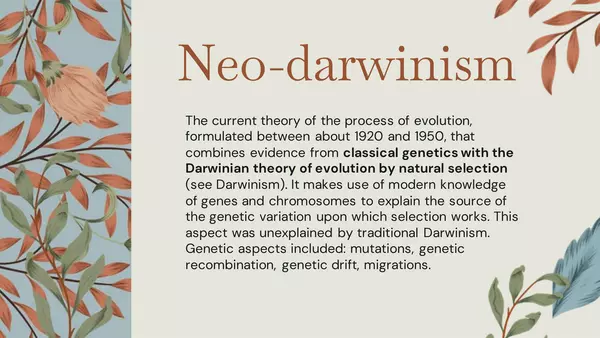
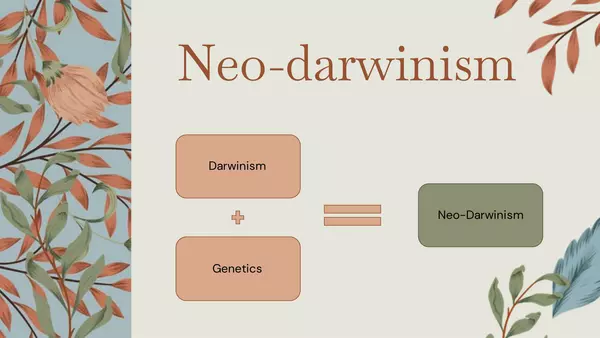


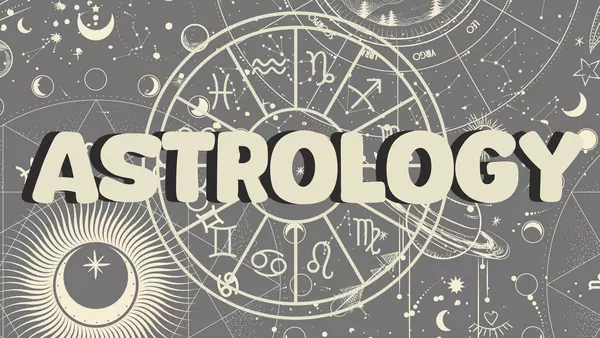

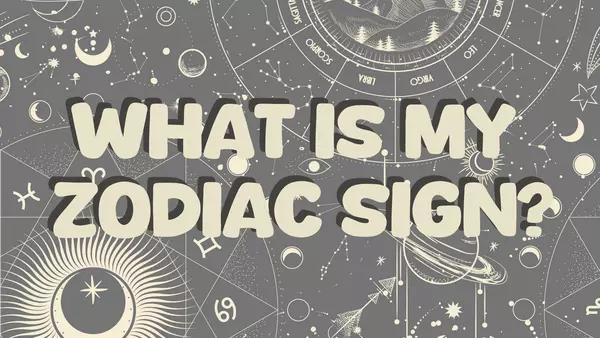
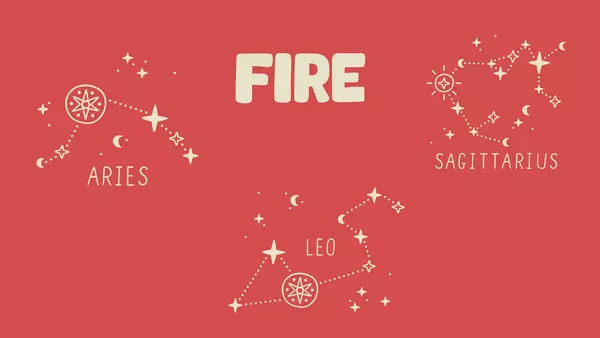







There are no comments yet, write one yourself!